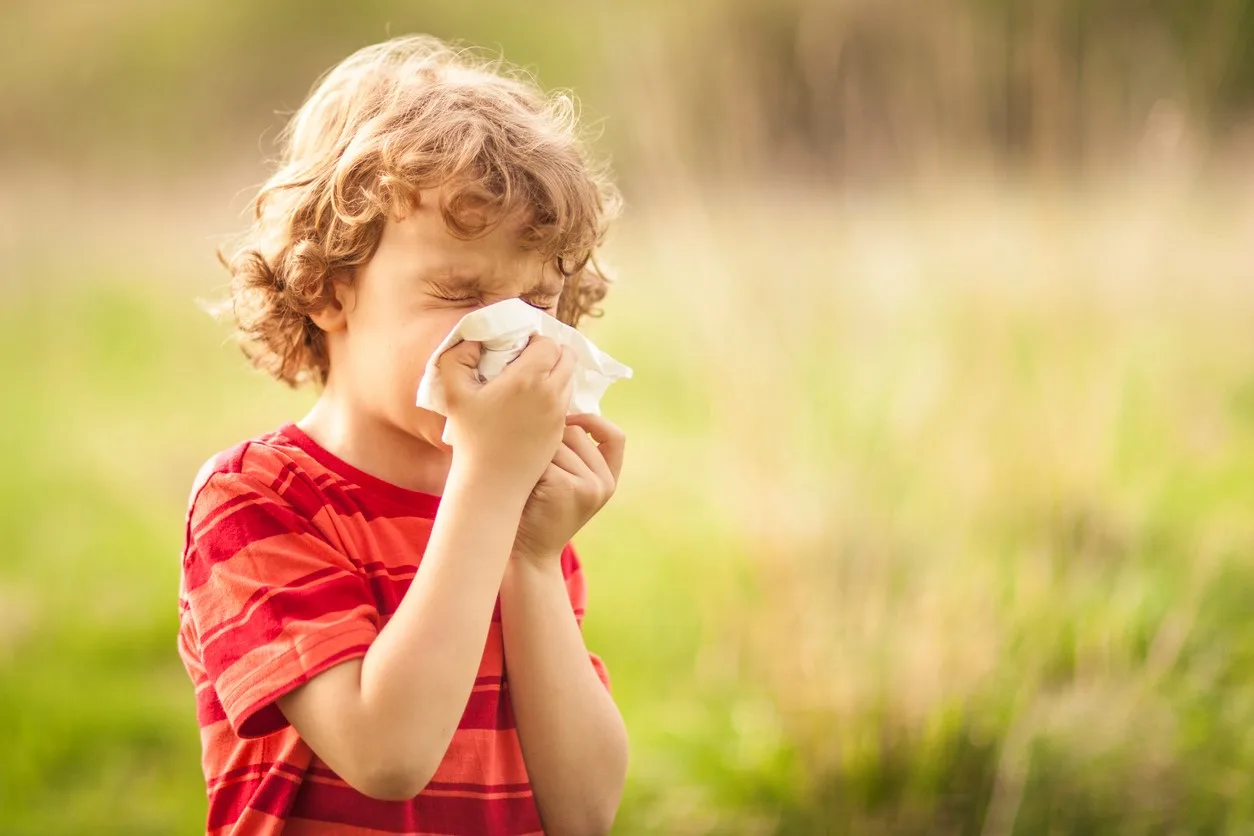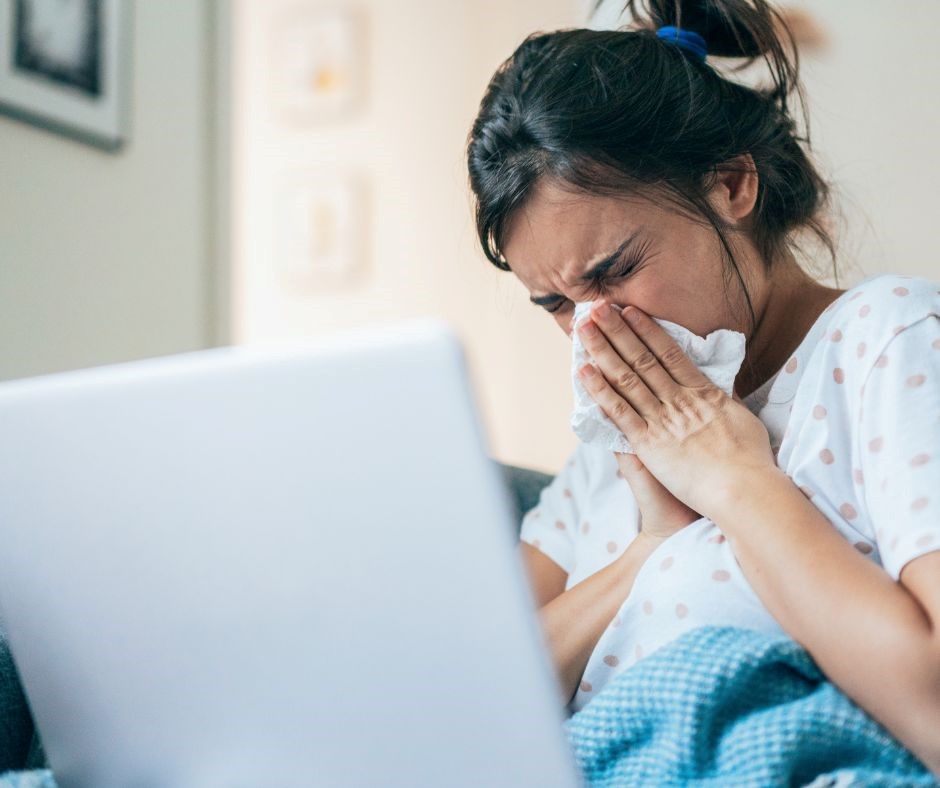When you’re responsible for caring for a child, accidents are bound to happen. From small injuries to more serious ones, knowing how to react can make all the difference in the child’s recovery. Each scenario and child are different. These tips should be used as a general guide before you seek further treatment from a professional.
Assess the Situation:
When the child first becomes injured, you should take a breath, step back, and assess the situation at hand. During this assessment, you should ask the child what happened, where their pain is located, and how severe it is. If you believe the child has suffered a neck or back injury do not allow them to move, this could cause more damage.
Take Action and try local urgent care for most needs:
Next, it’s time to administer to first steps of treatment. Some common scenarios you may encounter include:
Cuts and lacerations – apply pressure to the wound to slow the bleeding. Once bleeding has stopped, disinfect the wound and cover it with a band-aid or other sterile dressing. Large scars may require stitches or staples. If you’re unsure if the injury requires that treatment, it’s best to take the child to urgent care or emergency room for a medical opinion.
Fractures and sprains – if a child falls or slips and injures their limbs, stay calm. The injured area should be stabilized, and the child shouldn’t use it until the injury receives a proper assessment. Administer a pain reliever to help take the edge off their suffering and immediately take them to an urgent care for x-rays.
Fever – if the child is suffering from a fever of higher than 100.4, you should contact their pediatrician. You will likely be told to administer a fever reducer and monitor them to see if the fever improves. If the child appears to be dehydrated, seizing, or is younger than two years old, then take your child to an emergency room right away.
Stings and bites – an insect sting will alarm the child, but it’s generally not an emergency. Carefully remove the stinger with a scraping motion and then apply a cold compress to the area. Watch the child for signs of wheezing or extreme swelling; this could be a sign of an allergic reaction. If the child gets bit by an animal, or possibly another child, clean the wound and contact a pediatric specialist to determine your next course of action.



